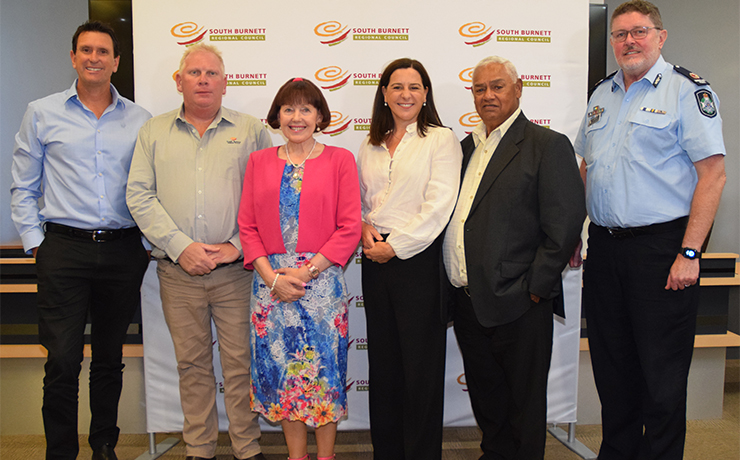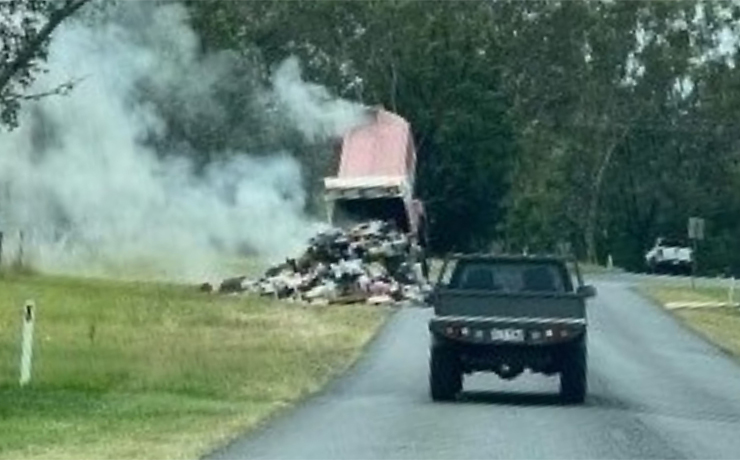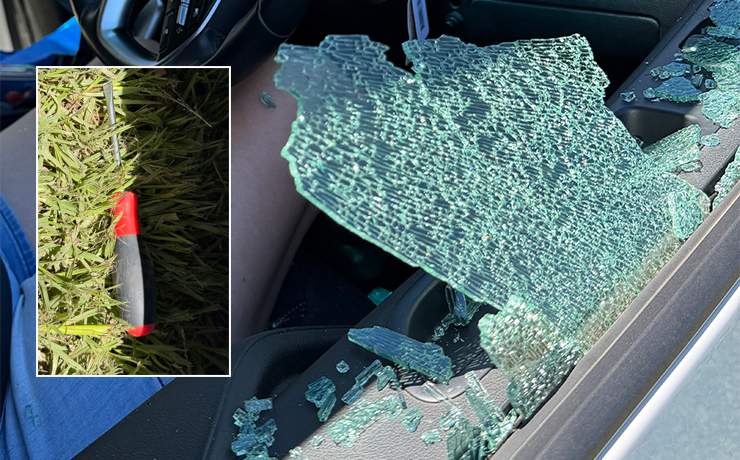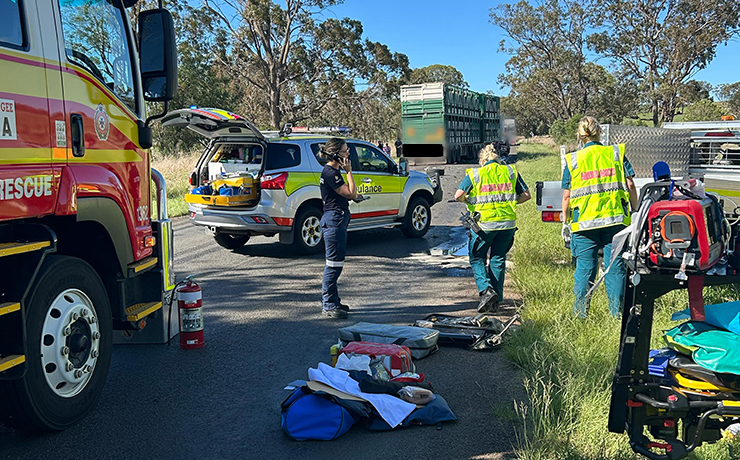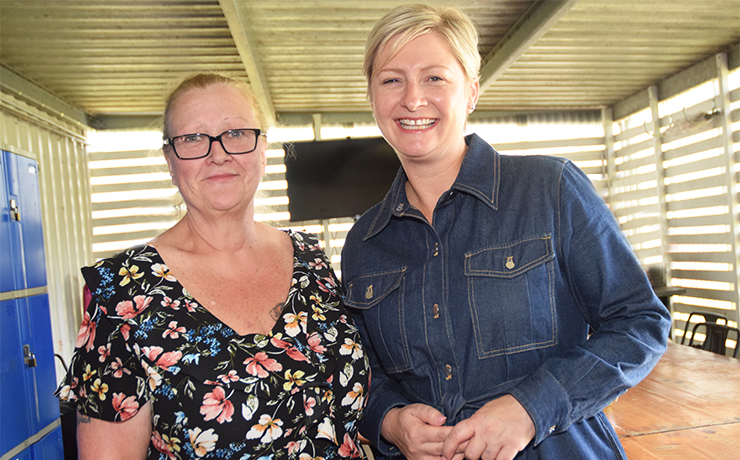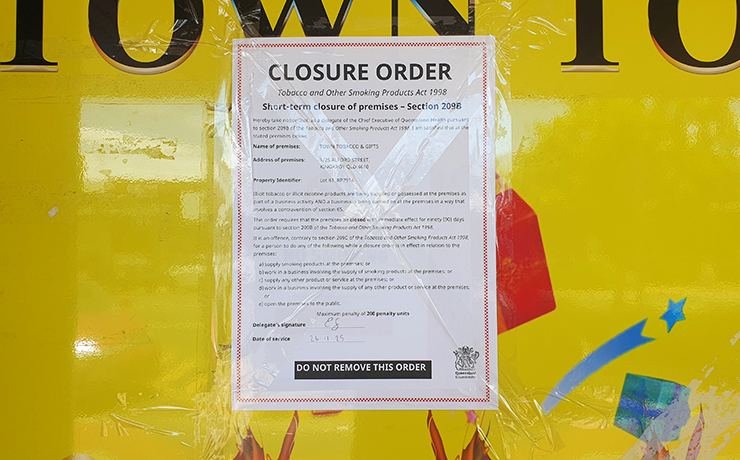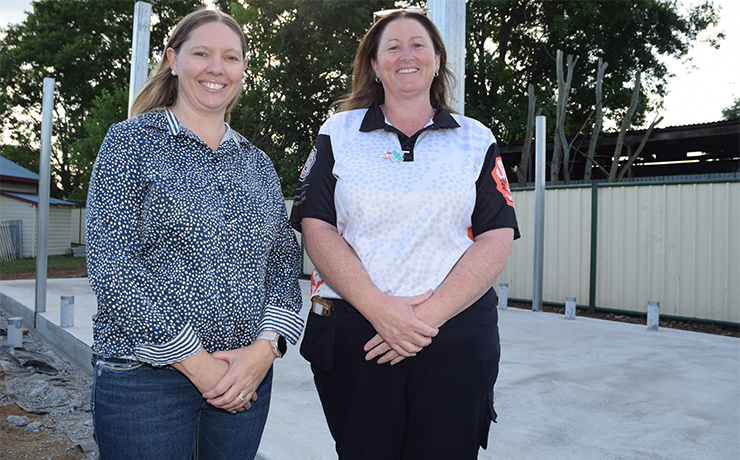by Dafyd Martindale
Empty shops in many of the South Burnett’s towns have left some people believing our region is in decline.
I agree empty shops aren’t a good look.
But I disagree they’re a sign things in our economy are bad.
Fast food operators I’ve spoken to over the past year who have other outlets in towns outside the South Burnett have told me their local businesses are rock solid and reliable, while places like Chinchilla and Dalby are not.
And Kingaroy Shoppingworld – speaking at a meeting of that town’s Chamber of Commerce in February – defended the many changes that have occurred in their tenant makeup in the past few years as quite normal for any shopping centre.
Businesses come and businesses go in shopping centres, they said, and sometimes there’s a short hiccup in between. But that’s just as normal in Kingaroy as it would be in a capital city Westfield.
Service businesses that appear to have closed really haven’t, either.
Instead, they’ve taken advantage of modern technology to turn into home-based or out-of-town businesses, relieving themselves of costly CBD rents and pocketing the extra money they formerly paid to a landlord.
Looking even more broadly, the South Burnett as a whole is continuing to grow, albeit at a slower pace than the coast.
Each year our population steadily expands by around 1 per cent – roughly 320 to 360 new people coming to live here – just as it’s done for the past 20 years or more.
And our unemployment levels, while still several per cent higher than Brisbane, are generally lower than most of the coastal areas of Wide Bay, too.
So why do we have so many empty shops?
Well, I can think of two reasons:
One is that the owners of those shops have been charging too much and investing too little in maintaining their properties, which has made them unattractive to tenants – no surprise there!
And the other is that we are living in a crisis of retailing, fuelled by modern technologies, that is just as real here in the South Burnett as it is in the big cities, but probably more obvious here because we have fewer shops.
In the same way the development of shopping centres in the 1960s and 1970s wiped out the corner stores many of us remember so fondly from our childhoods, online streaming over the internet wiped out most video stores a few years ago, and is steadily making newsagencies look elsewhere for income as consumers turn to screens instead of newspapers and magazines to get their news.
The Internet has also opened traditional retailers up to competition from big online discounters, and in the last few years that competition has begun to cut into their margins all over Australia.
However, not everyone is suffering.
One golden rule of the Net is that if you have to be physically present to deliver a product or service, you are relatively immune to online competition.
By this rule doctors, lawyers, hairdressers, tradespeople – even the tyre retailer who fits your new set of treads – are fairly immune to online threats.
So too are restaurants and cafes, accommodation providers, and most food retailers like supermarkets and delicatessens, butchers and greengrocers.
The retailers hardest hit, though, are those who operate on the simplest model: buy a product at wholesale, put a big margin on it and sell it through a retail store.
These are the ones who have taken the biggest hits from online competition, and will continue to do so whenever (and wherever) consumers are prepared to wait a few days to a week to get their hands on a product in order to save a significant amount of money.
What this means for the South Burnett is that if we want to see all our shops full again, we need to focus on attracting retailers in the “not threatened” category.
And given enough time, I’m sure we will.













